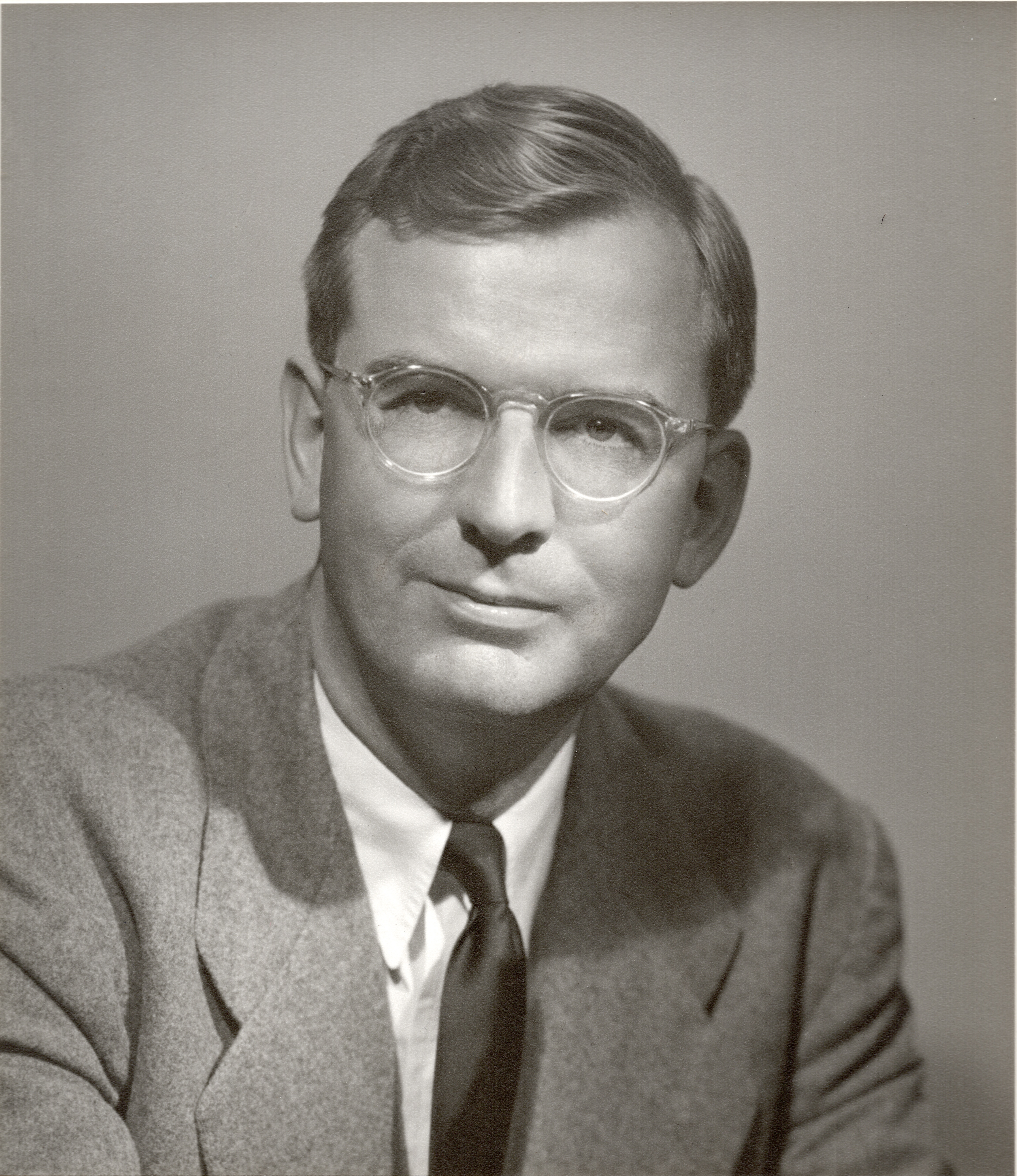


“One step over and beyond”
John Dana Archbold arrived in Dominica in the early 20th century and soon became known for his vision, generosity, and deep connection to the island. In 1935 he purchased the Springfield property from the Bellot family and a few years later built his home there. His residence, today known as Springfield House, was filled with carefully chosen antiques, many dating back to the 19th century, and remains preserved as part of the museum collection.
Archbold was more than a landowner: he was a philanthropist whose work emphasized education, equality, and generosity. He supported schools, encouraged opportunities for local people, and believed in the resilience and potential of Dominica’s citizens. His contributions earned him recognition and respect both on the island and abroad.
In the early 1960s, Archbold co-sponsored the Bredin-Archbold-Smithsonian Biological Survey of Dominica, a landmark scientific expedition carried out in partnership with naturalist J. Bruce Bredin and the Smithsonian Institution. The survey documented the island’s insects, plants, and forest ecosystems, with fieldwork spanning diverse sites such as the Layou River, Grand Savanna, Portsmouth, Grand Bay, Freshwater Lake, and the Central Forest Reserve. The work expanded knowledge of Dominica’s biodiversity, contributed to the description of new species, and produced scientific reports that are still referenced today.
Educated at The Choate School in Connecticut, the University of Geneva, and Princeton University, Archbold studied mechanical engineering and patented a rotary internal-combustion engine early in his career. During World War II, he served as a naval officer in Southeast Asia, later attached to Calcutta as a security officer.
In 1989, Clemson University conferred upon him an Honorary Doctor of Laws in recognition of his contributions to science, conservation, and international collaboration. That same year, he donated a large portion of his Springfield Plantation — 200 acres in Dominica — to Clemson as the foundation for the Archbold Tropical Research Center (ATREC), a consortium of ten universities dedicated to tropical research and education. This ensured that his estate would continue to serve both science and community.
His lifelong commitment to protecting natural heritage and supporting education was recognized worldwide. He received the Order of the British Empire (OBE), Dominica’s Sisserou Award for public service, the Order of St. Olaf (King of Norway), and several international distinctions for his devotion to research and cultural understanding.

As Archbold’s life entered its final decades, his attention turned toward institutional support and documentation — ensuring that his vision for Springfield and Dominica’s natural heritage would continue beyond his time.

Today, John Dana Archbold is remembered not only for his home and art collection, but for the spirit of generosity and imagination he left behind. Springfield House, once private, is now open to the public — carrying forward his vision of heritage, resilience, and shared community.